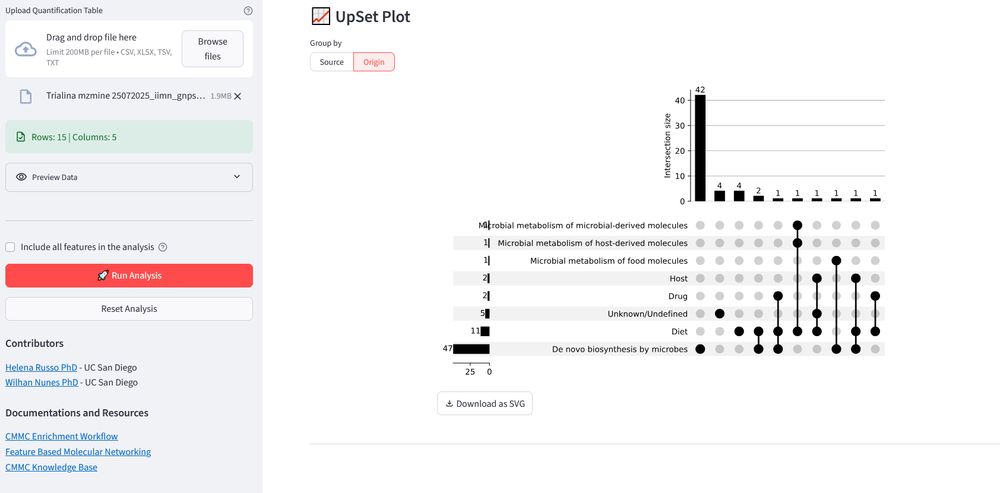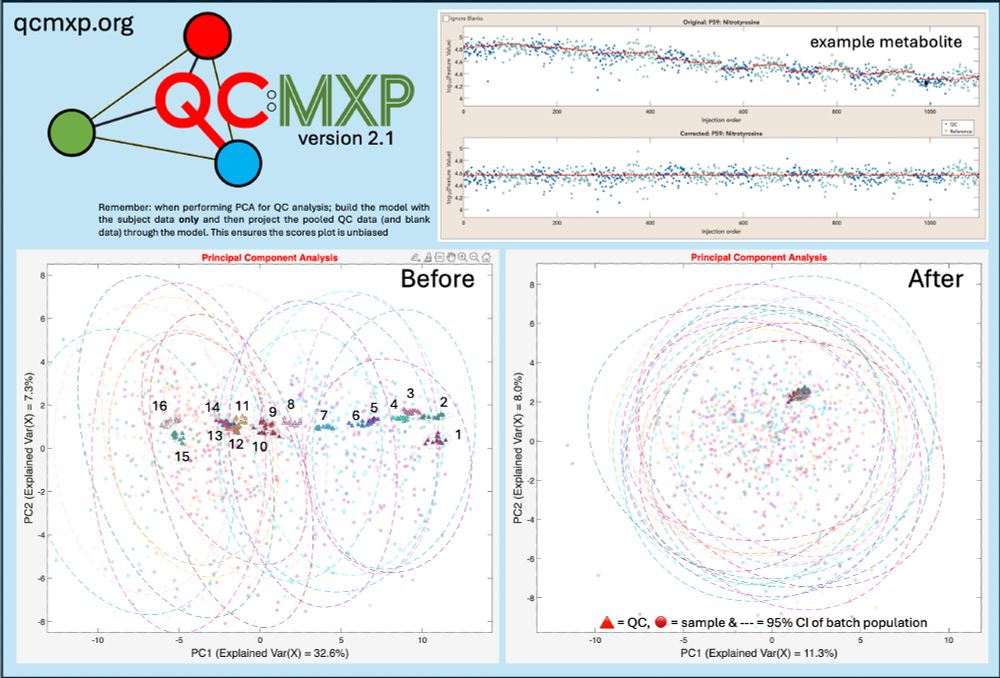Tri Kaloudis
@trikaloudis.bsky.social
670 followers
830 following
63 posts
Water quality/organic pollutants/aquatic metabolomics. Save water, drink beer. My own views here. He/him. www.aquomixlab.com @CYANOCOST @WaterTopCost. #teammassspec
Posts
Media
Videos
Starter Packs
Reposted by Tri Kaloudis
Reposted by Tri Kaloudis
Reposted by Tri Kaloudis
Reposted by Tri Kaloudis
Reposted by Tri Kaloudis
Reposted by Tri Kaloudis
Mitja M. Zdouc
@mmzdouc.bsky.social
· Sep 8
Reposted by Tri Kaloudis
Cyanotrans
@cyanotrans.bsky.social
· Sep 8

Future ocean warming may cause large reductions in Prochlorococcus biomass and productivity - Nature Microbiology
Decade-long field measurements and modelling show that projected ocean temperatures could restrict cell division rates of an important marine cyanobacterium.
www.nature.com
Reposted by Tri Kaloudis
Reposted by Tri Kaloudis
Reposted by Tri Kaloudis
Reposted by Tri Kaloudis
Caroline Hu
@hudrewthis.bsky.social
· Aug 20
Reposted by Tri Kaloudis
Caroline Hu
@hudrewthis.bsky.social
· Aug 20
Tri Kaloudis
@trikaloudis.bsky.social
· Aug 20

Reverse Spectral Search Reimagined: A Simple but Overlooked Solution for Chimeric Spectral Annotation
The exponential growth of untargeted metabolomics data, now reaching billions of mass spectra in public repositories, benefits from reannotation strategies for data reuse. While tandem mass spectromet...
doi.org
Reposted by Tri Kaloudis
Reposted by Tri Kaloudis
BioMassSpec
@realbiomassspec.bsky.social
· Aug 15

In-Situ Reaction Monitoring and Mechanistic Studies by Mass Spectrometry: Heterogeneous Photocatalysis and Initial Contact Reaction
Elucidating reaction mechanisms in heterogeneous catalysis demands real-time tracking of transient species at the solid–liquid interface. To address limitations in directly probing surface processes with conventional mass spectrometry (MS), this work develops an innovative “in-source reaction” strategy by integrating the reactor with the electrospray ionization (ESI) source. Diverse catalysts (e.g., g-C3N4, TiO2, zeolites, and Pd/C) were robustly immobilized within a glass probe (GP), integrating the microreactor and ionization source. This enables direct, subsecond resolution detection of species desorbing from catalytic surfaces. This strategy has been successfully verified by in-situ tracking of the photocatalytic degradation of Brilliant Green (BG) and other dyes. Over 40 intermediates in BG photocatalytic degradation were detected, with different evolution pathways revealing distinct mechanisms for g-C3N4 under visible light and TiO2 under UV light. Besides photocatalyst, typical solid catalysts were also immobilized on the inner wall of the GP to study the initial contact reactions of a β-O-4 model compound of lignin conversion. The obvious dehydrogenation of surface-adsorbed GGGE on Pd surface was observed by in-situ monitoring, while basic or amphoteric support surface spontaneously induced cyclization of GGGE, even without the input of external energy such as light and heat. This method provides a novel, extremely feasible, and sensitive strategy for tracking surface processes in liquid–solid heterogeneous catalytic reactions and holds promise for broader application to diverse catalytic reaction systems in the future.
pubs.acs.org
Reposted by Tri Kaloudis
Reposted by Tri Kaloudis
BejaLab
@bejalab.bsky.social
· Aug 13

A Case of Bromism Influenced by Use of Artificial Intelligence | Annals of Internal Medicine: Clinical Cases
Ingestion of bromide can lead to a toxidrome known as bromism. While this condition is less common than it was in the early 20th century, it remains important to describe the associated symptoms and r...
www.acpjournals.org
Reposted by Tri Kaloudis















